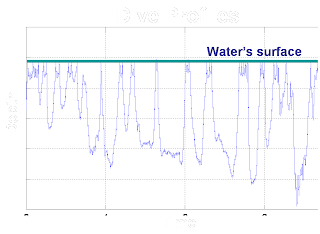 |
| One of our research boats. |
 |
| Tagging a melon-headed whale (Photo: A. Mooney, NMFS permit # 15530 to CRC) |
We are using the WHOI DTAG, a digital acoustic recording tag that attaches temporarily to cetaceans, to characterize the broadband sounds of false killer and melon-headed whales in order to initiate a passive acoustic monitoring program for these and other species in Hawaiian waters. The DTAG is also equipped with multiple sensors that record fine-scale dive behavior. This information can be used to correlate recorded sounds with likely behavior. In addition, our research will use the DMON, a novel passive acoustic recording tool, as a drifter and towed behind a boat, to construct a unique array which can effectively localize and facilitate acoustic and behavioral analysis of multiple vocalizing animals within the study groups. These acoustic records will enable the development of detection algorithms for these species. Overall, our goal is to use passive acoustics to examine and monitor the acoustic ecology of marine mammal "species of concern."
 |
| A dive profile of a tagged false killer whale |
Paul Nachtigall (U. Hawaii) and Peter Tyack (WHOI; Univ. of St Andrews) are collaborators and CO-PI's on this project. This research is funded by the Office of Naval Research Marine Mammals and Biology Program.